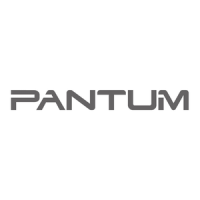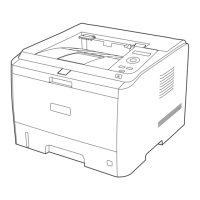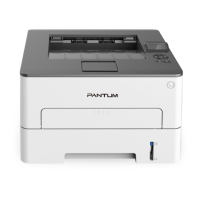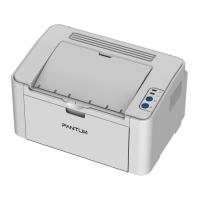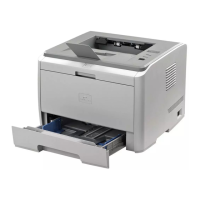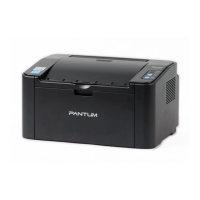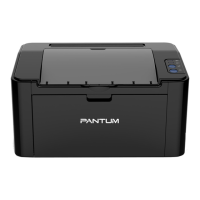2-4
2.3. Paper options
Your printer supports various types and weights of print media, such as plain paper,
envelopes, labels, transparencies and other special media listed in the paper type and weight
tables above. Please ensure you only use a print medium in accordance with the tables in this
User Guide.
The use of print media not in accordance with the User Guide may cause problems such as:
• Low quality printing
• Increase the frequency of paper jams
• Excessive abrasion of the internal parts of the printer
Many factors inuence the printer’s operation and output quality such as the type and weight
of paper, the texture of the paper and the humidity level. Printing outside the specied
temperature and humidity levels or using poorly manufactured media can result in paper
jams or poor quality printing even when printing on paper within our paper specications.
Such problems are outside Zhuhai Seine Technology’s control and are not covered under our
warranty.
2.4. Printing on envelopes and transparencies
2.4.1. Printing on envelopes
When printing envelopes Zhuhai Seine Technology Co., Ltd. recommends using envelopes
specically designed for use in laser printers.
Note: • Insert envelopes making sure to carefully line them up in the paper guides to
avoid paper jams and paper feed failure.
• Envelopes should be rectangular and smooth (but not glossy) without creases,
folds or windows. If any embossed manufacturer’s seal is present it should be
where the seams cross in the back of the envelope. The feed edge should be
square and flat, no thicker than two sheets of paper.
• Make sure you have selected the same size envelope in the driver as the
envelopes you would like to print on.
• Do not use manual duplex printing with envelopes.
• Most envelopes will work properly in the printer. But some may have problems
in feeding and printing due to different production methods.
The printer may get damaged if you use envelopes in the following way:
• Envelopes that are damaged, curved, folded or irregular shape, too smooth or
too rough.
• Envelopes with buttons, sealing glue, convex surfaces.
• Envelopes that have been previously printed inside or out.
• Overweight envelopes.
• Envelopes with low-quality, rough or not squared edges.
• Envelopes with transparent windows, holes, incisions or perforations.
